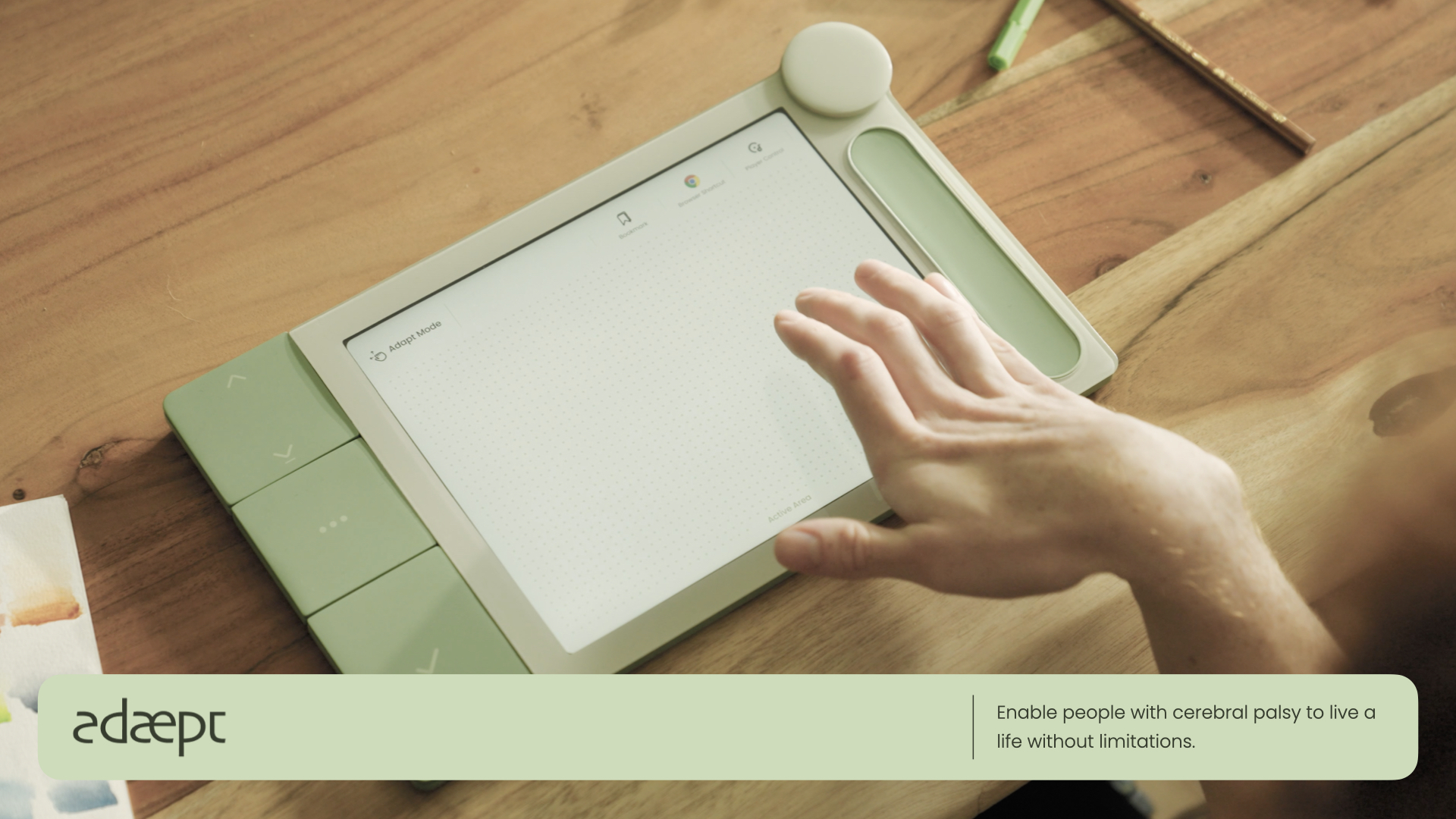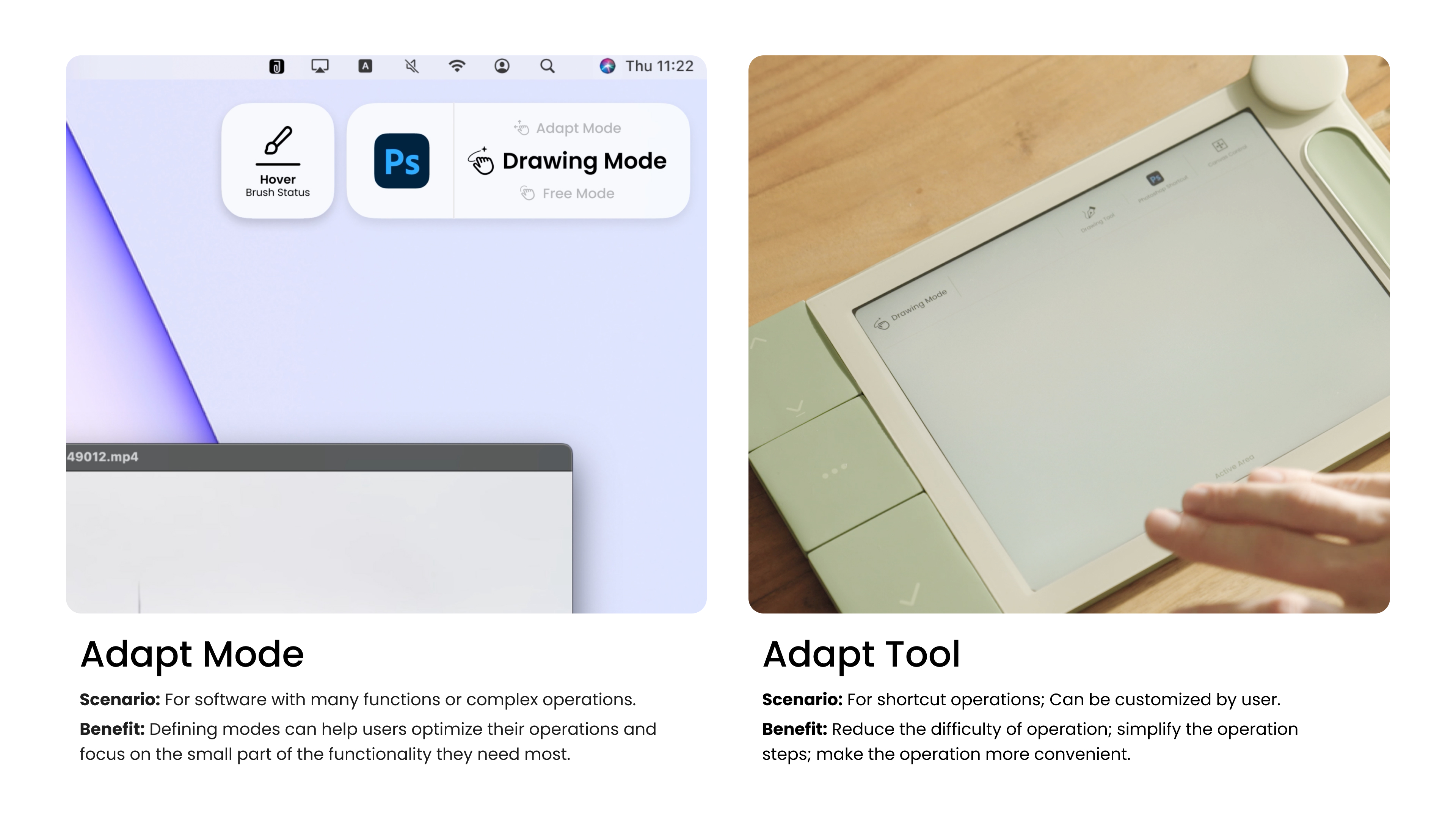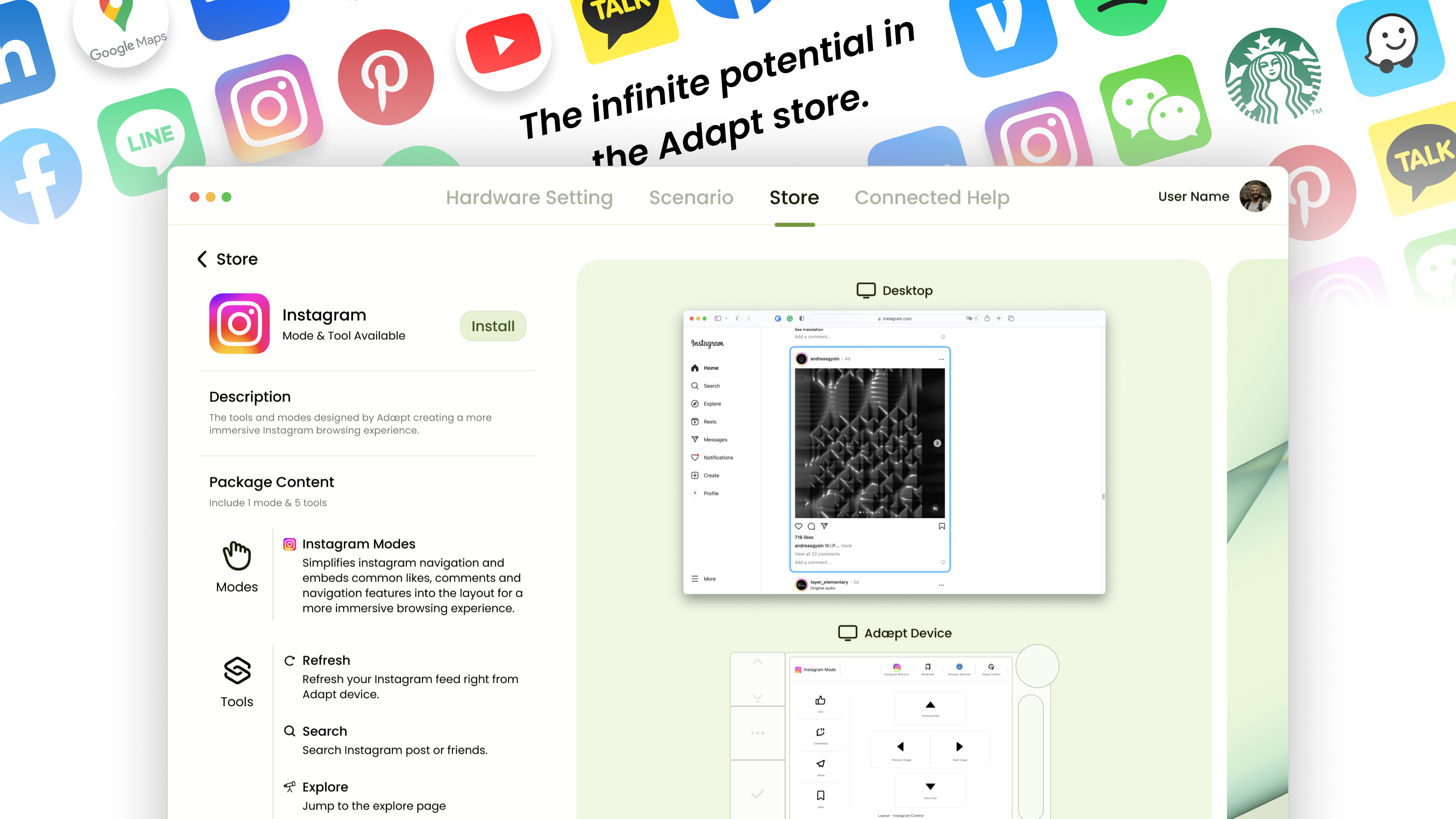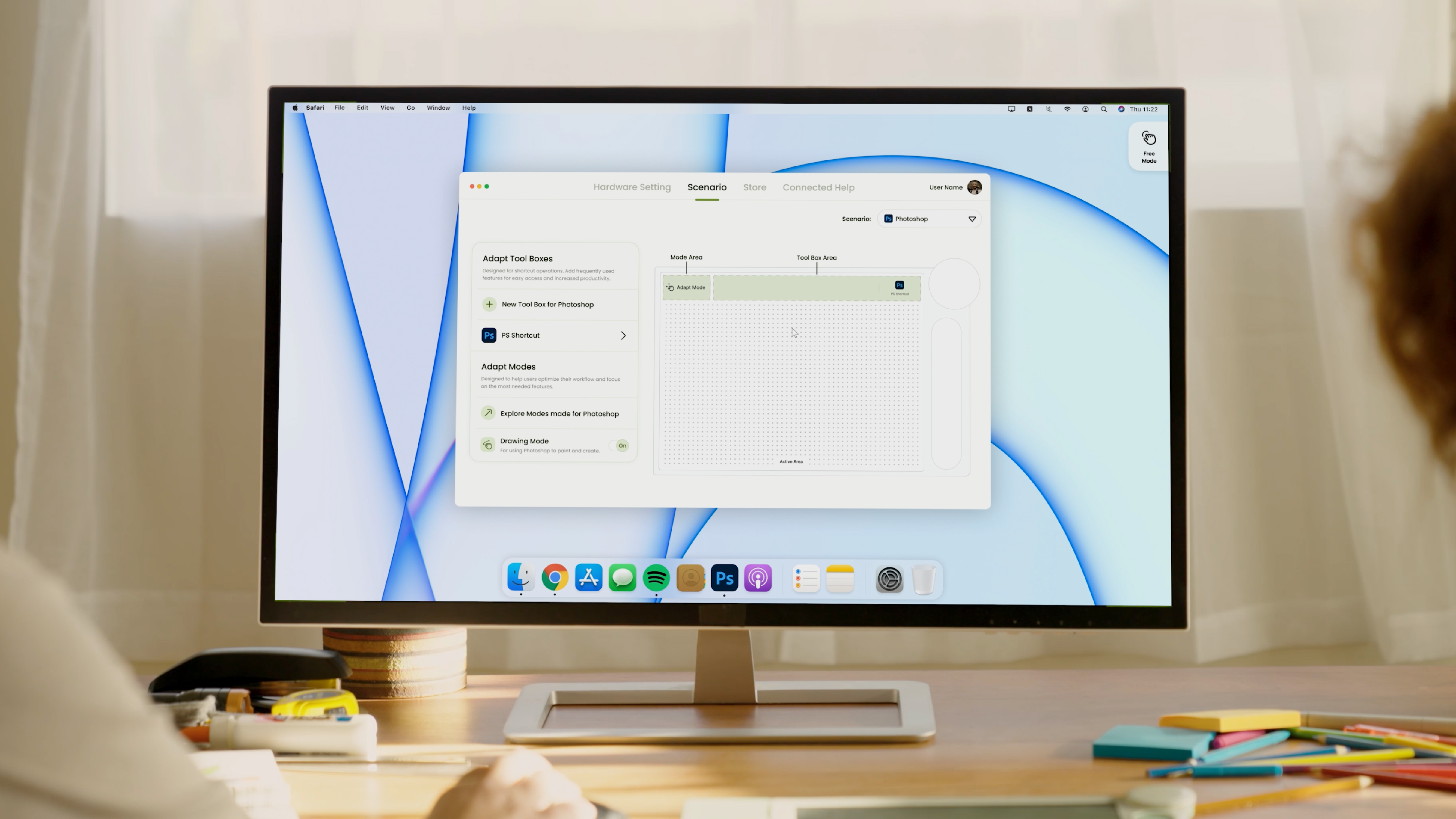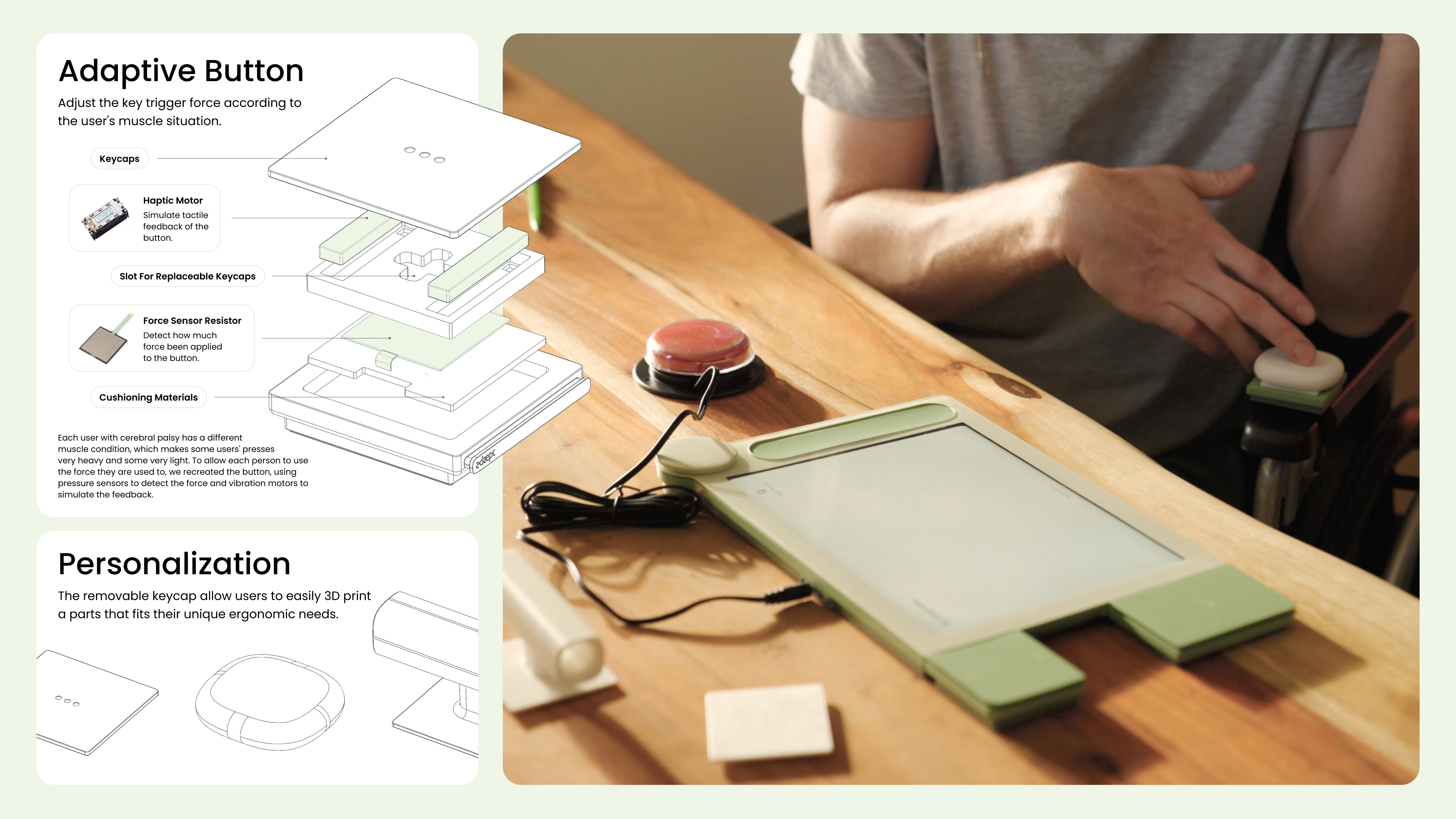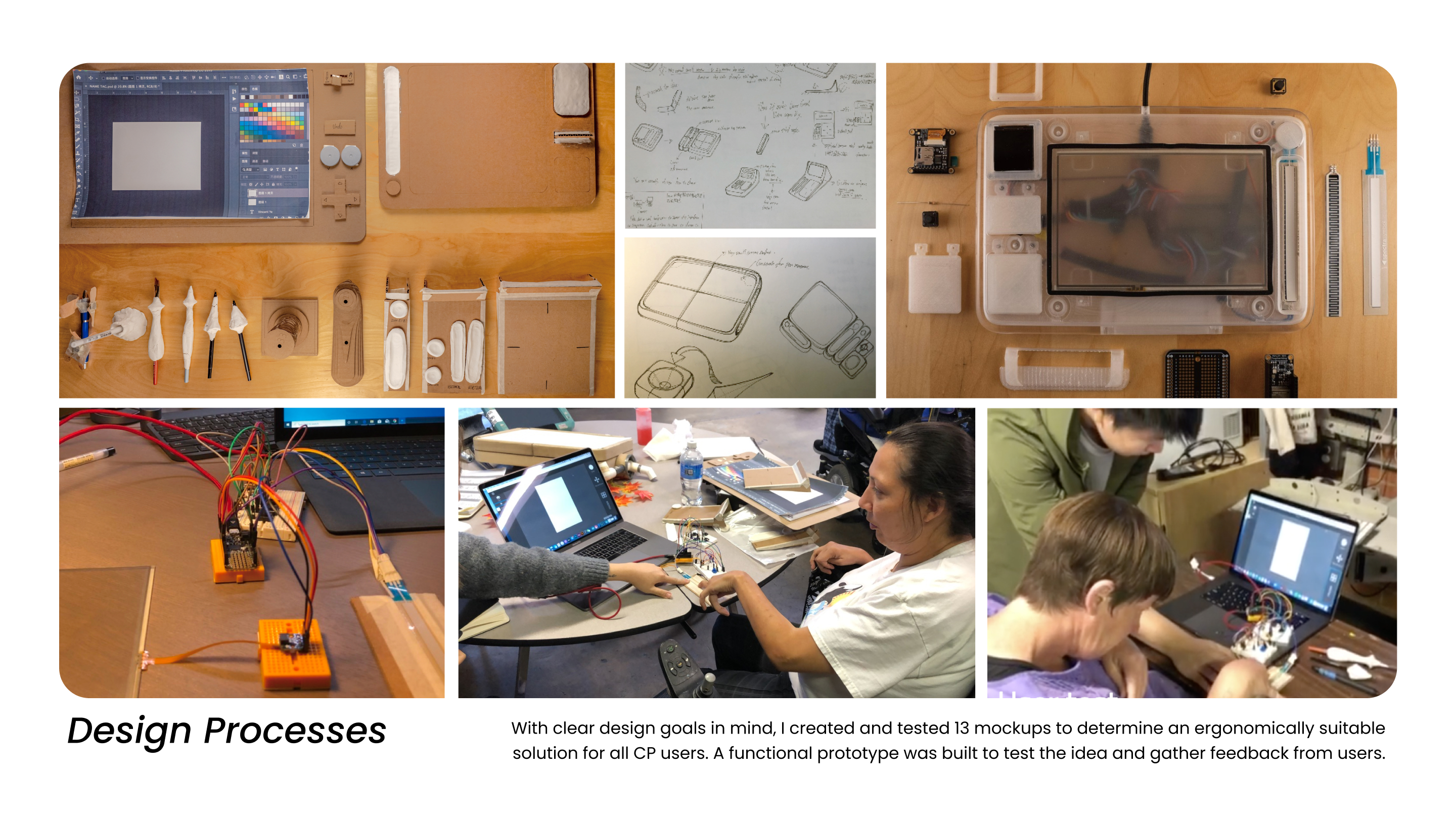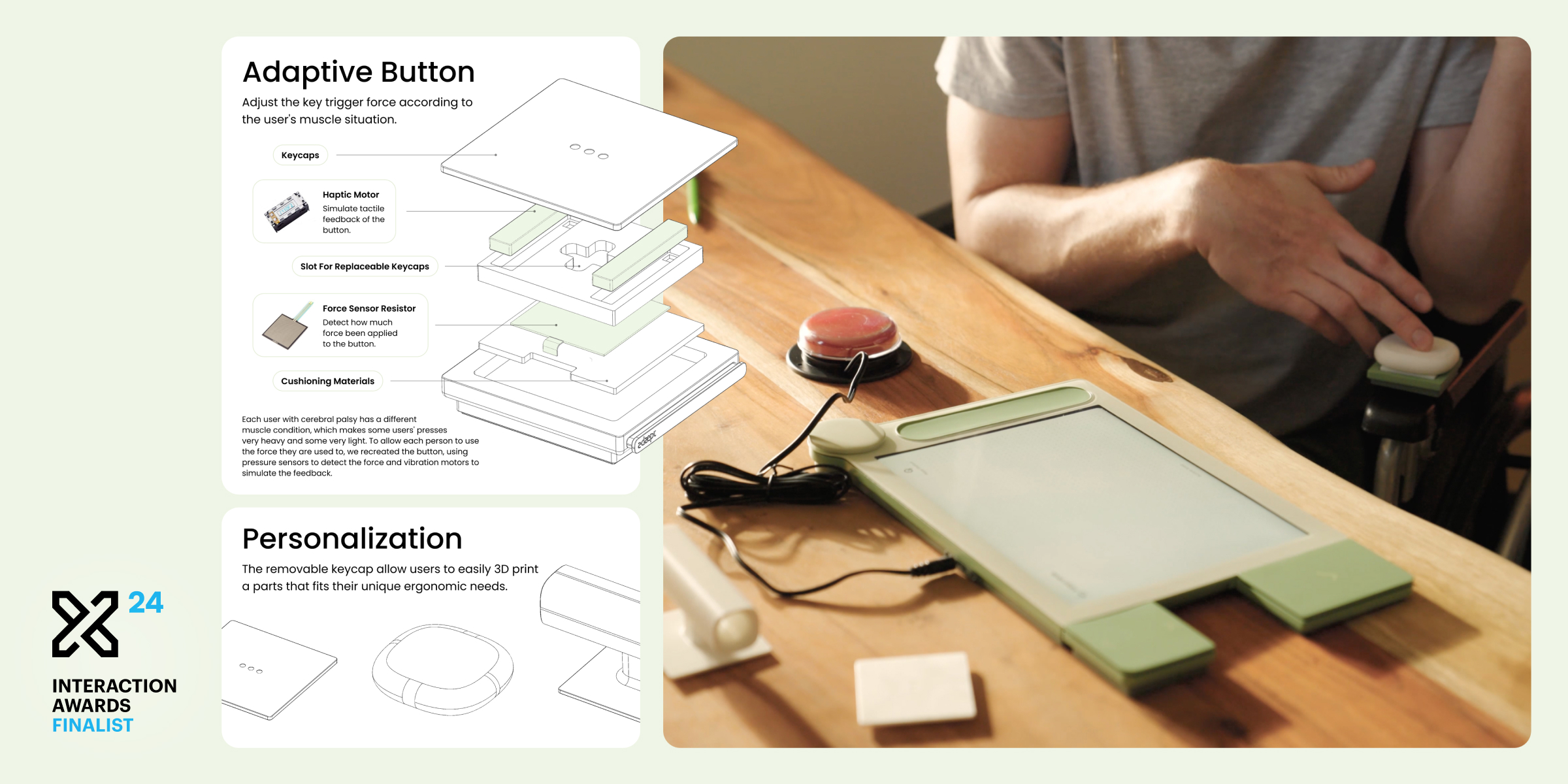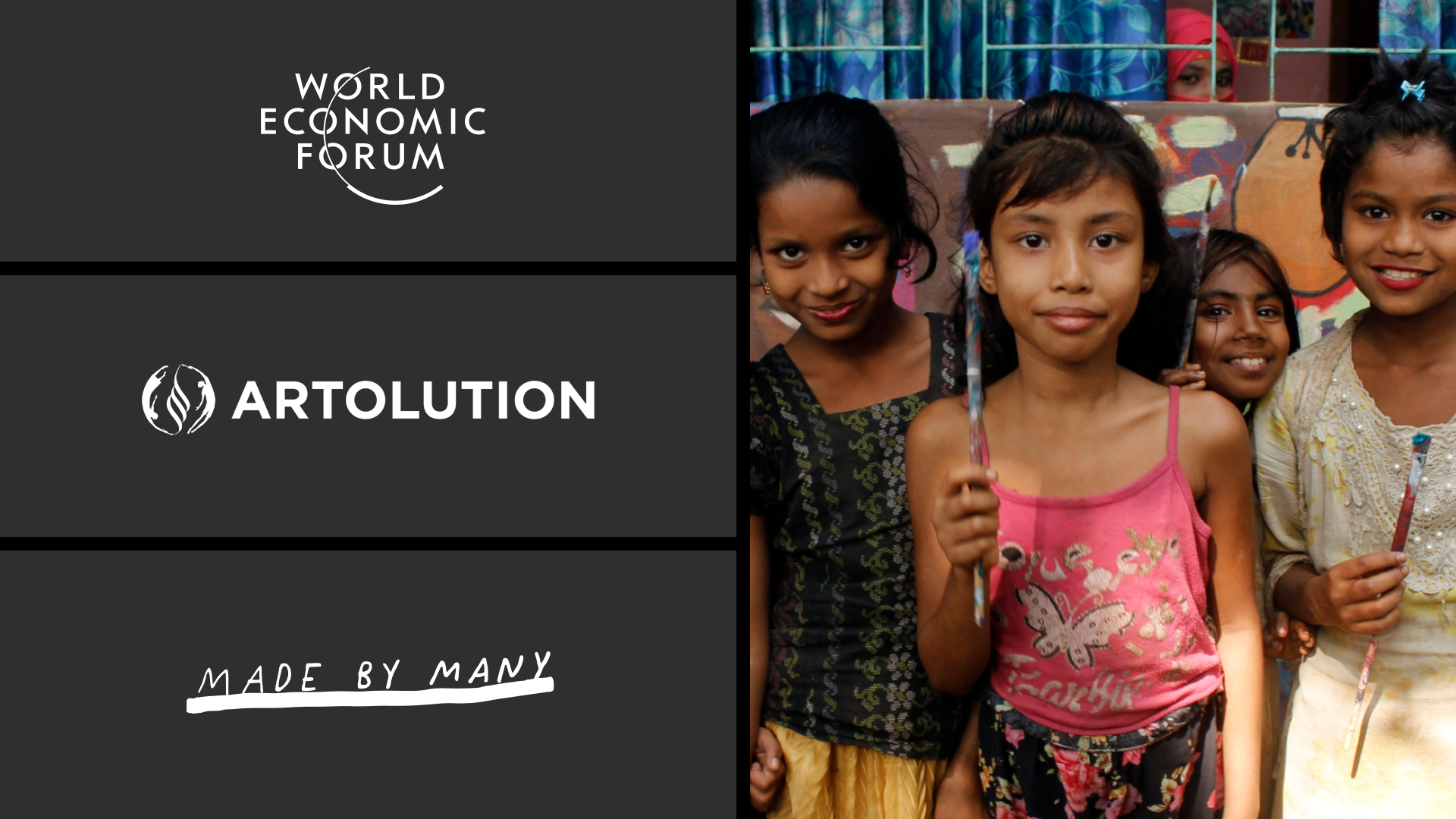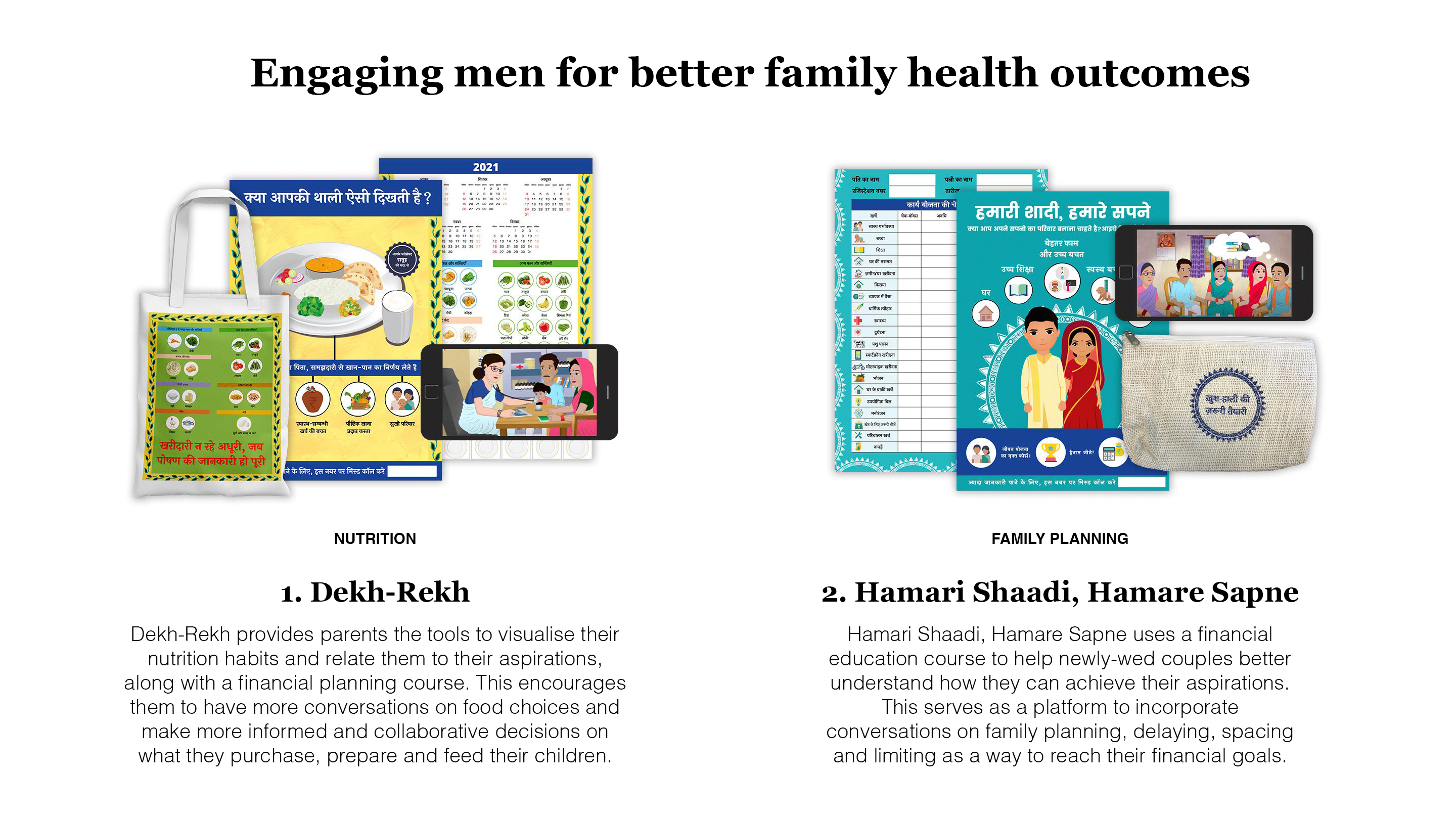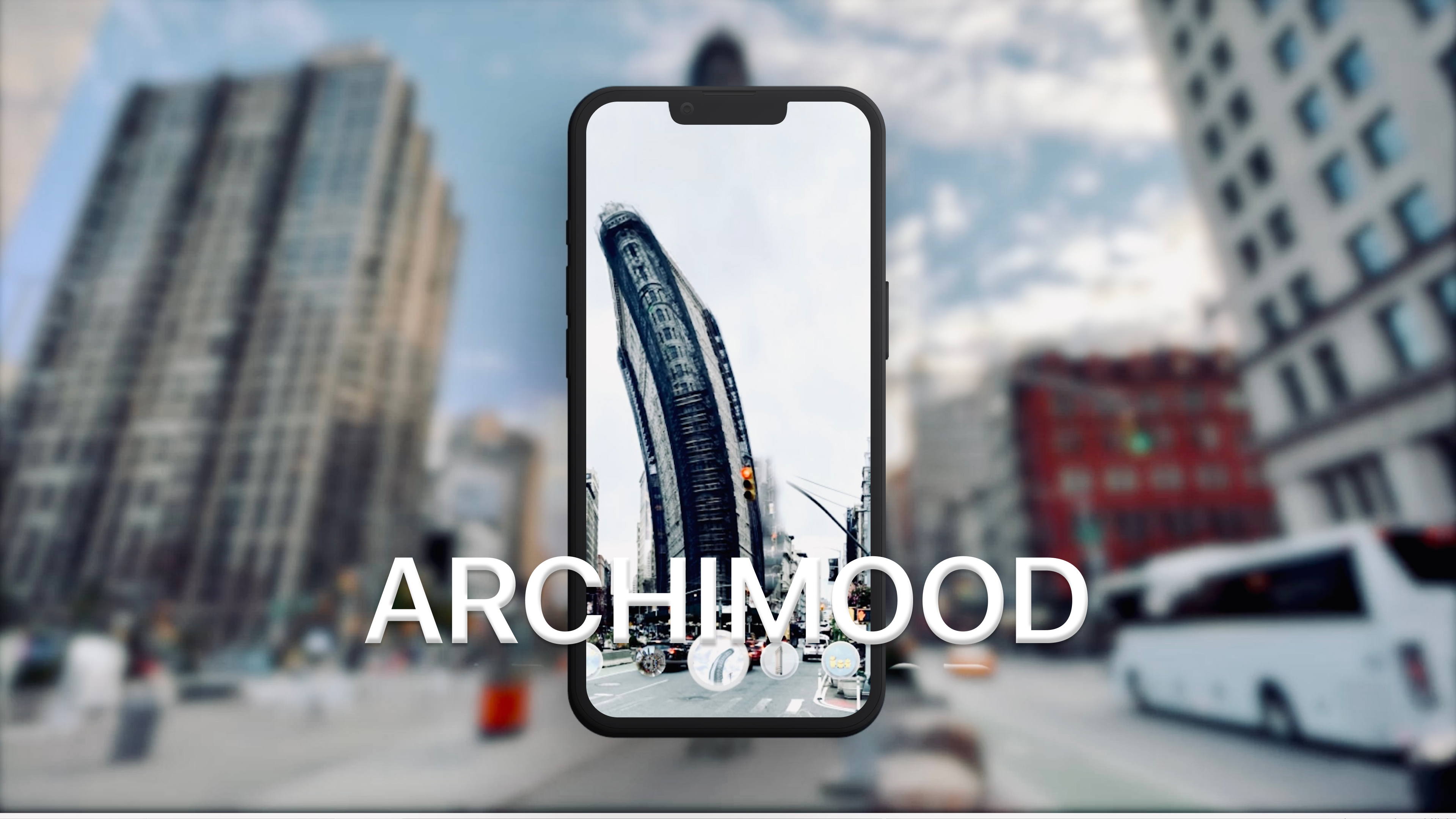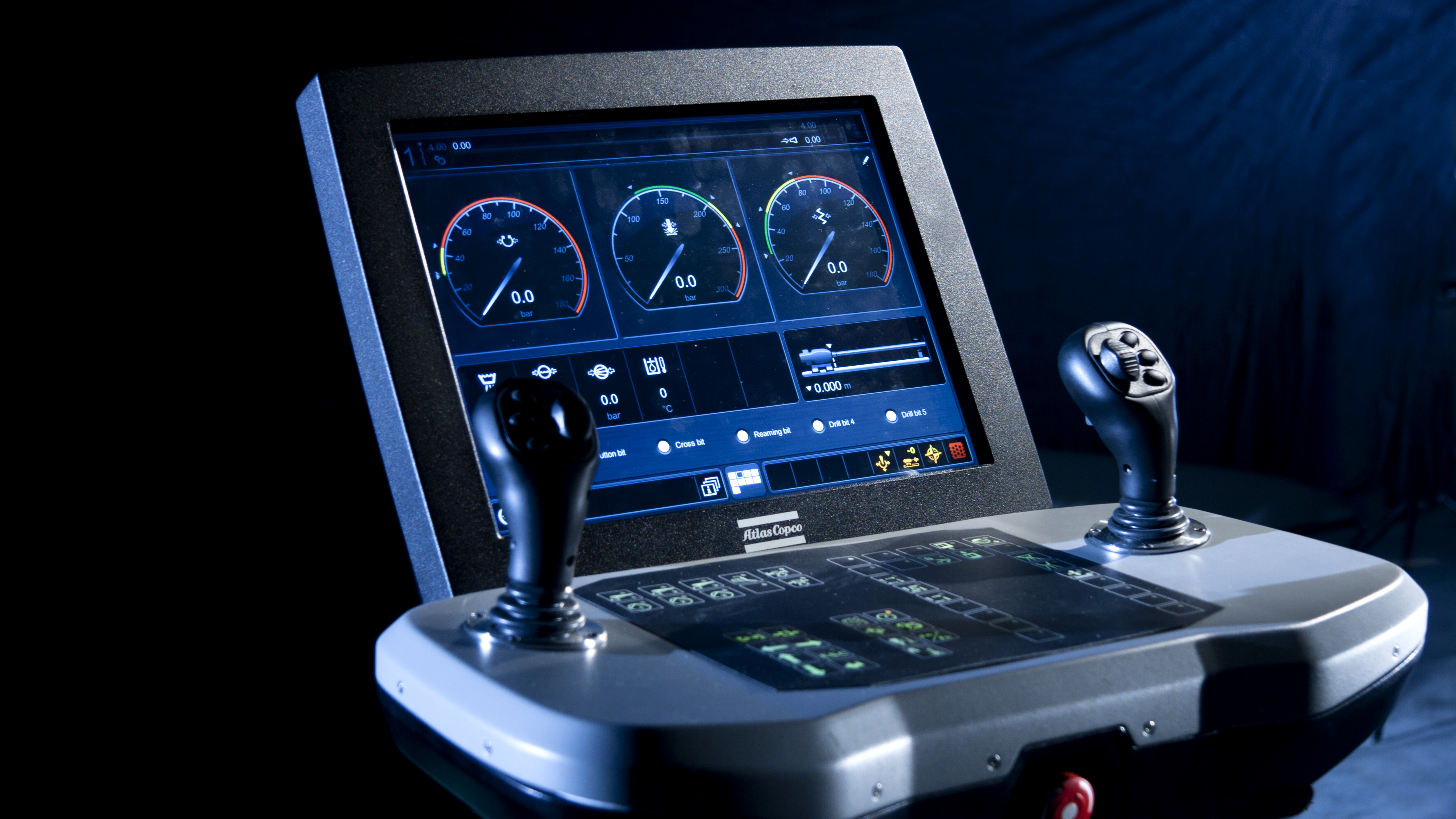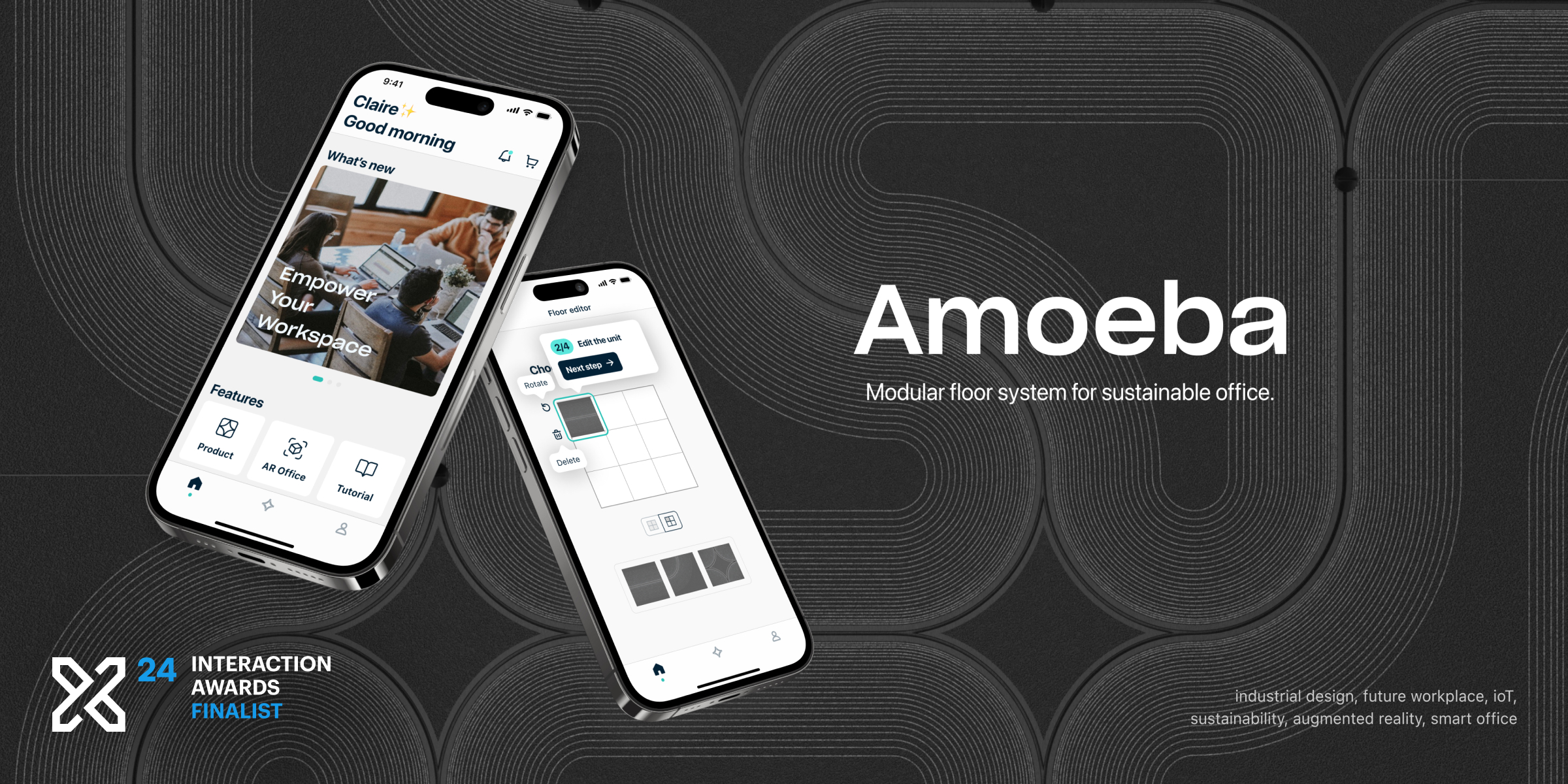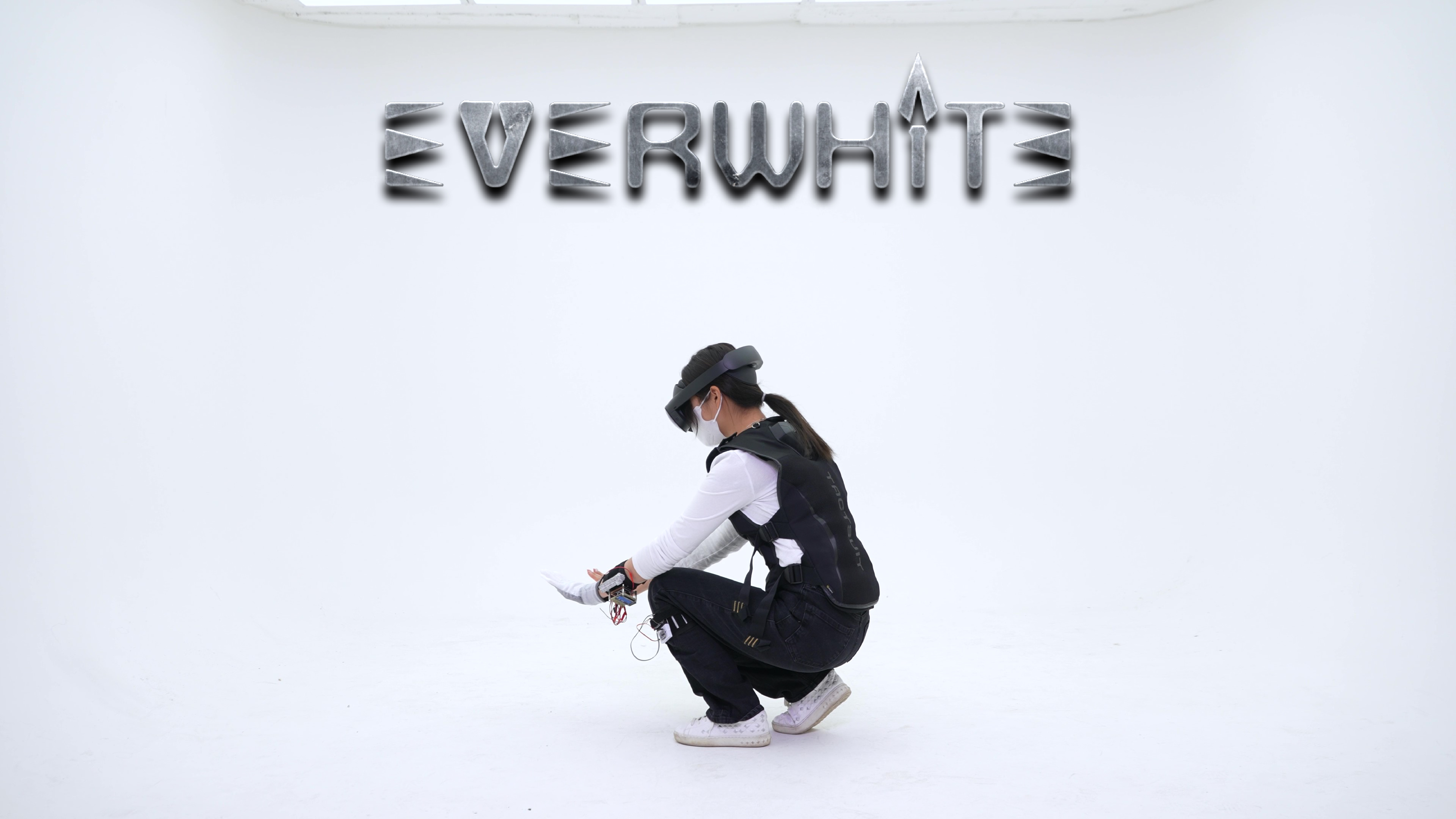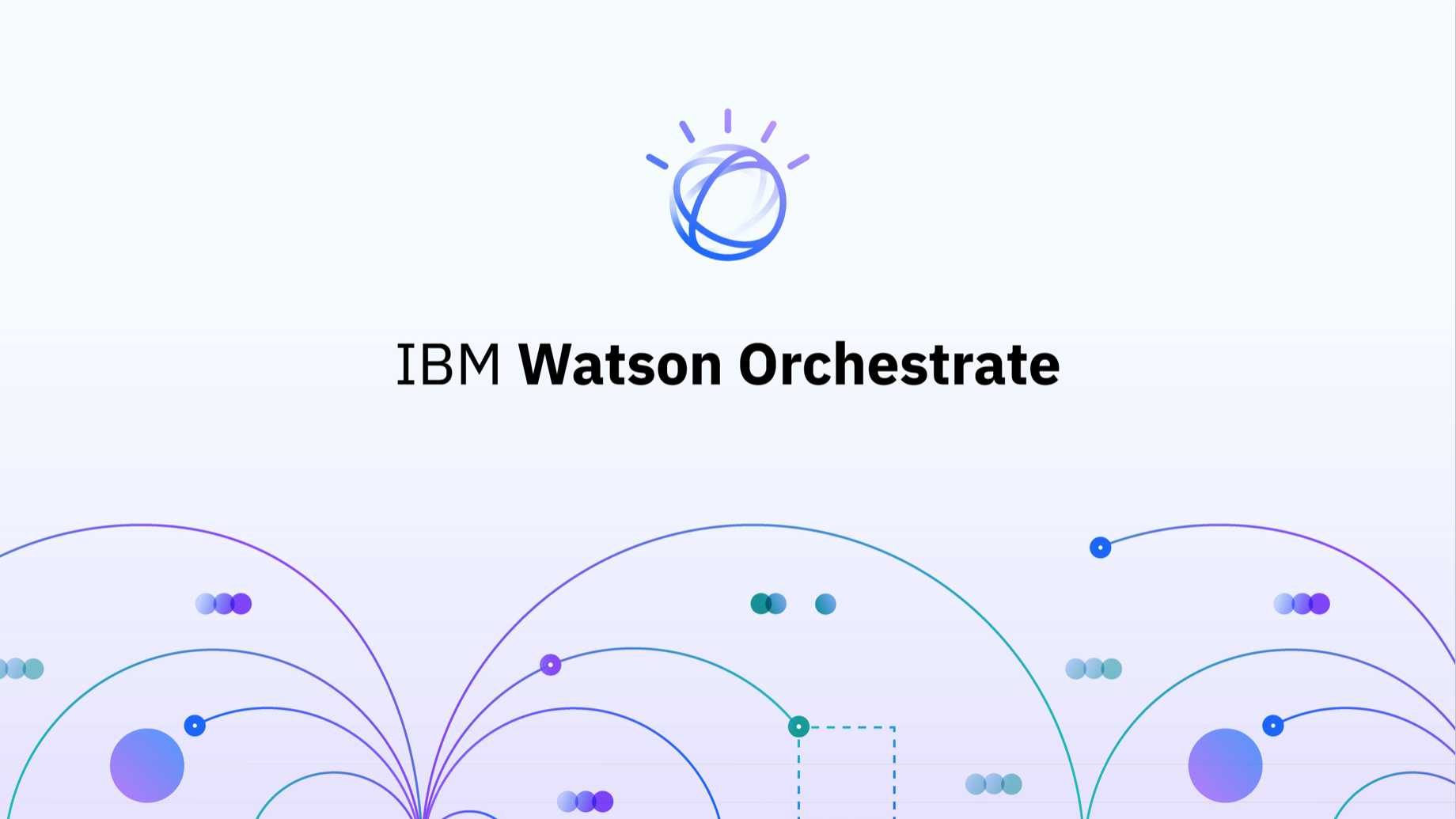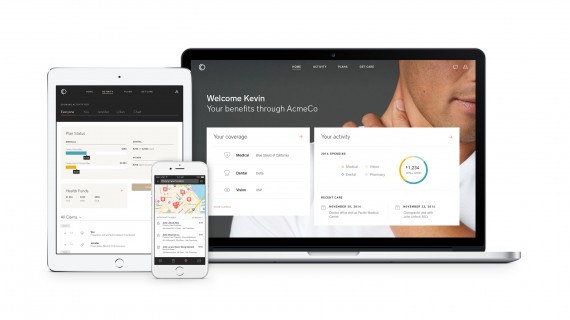Adæpt
Team
Company | Institution
Category
Type
Project description
Individuals with cerebral palsy live in a world that is not designed for them. Even simple tasks, like holding a computer mouse, can be a challenge. It’s the objects we design that create these barriers for them. Adæpt wants to help by designing a computer accessible tool that enables people with cerebral palsy to access the digital world without limitations.
Adæpt's main user group is people with cerebral palsy. Due to the lack of fine motor control, simple tasks for us can be a challenge for them. In this context, Adæpt aims to solve computer accessibility issues.
Through my research, I discovered that the majority of their entertainment activities involve using a computer, such as watching videos, painting, and browsing. However, existing input devices do not allow them to navigate independently in the digital world. As a result, they need assistance from their caregivers every few minutes, which can be incredibly frustrating for them. The underlying issue causing this problem is the mismatched interaction between their hands and physical input devices, as well as the mismatch between their motor skills and the design of computer navigation methods.
To eliminate mismatched interactions, adapting to each user's differences(motor skills; hand gestures; preferences) and help them become independent in the digital world. Adæpt introduces a focus indicator to replace the cursor for navigation. By grossly moving their hand on the Adæpt device, users can control the precise movement of the focus indicator on the screen. Building on gesture navigation, Adæpt offers multiple modes to meet diverse scenarios (work; social; entertainment) with each mode tailored to efficiently achieve a specific goal. Users can easily switch between modes by toggling the mode button on the physical interface.
With these features, individuals with cerebral palsy are able to freely explore the digital world and feel a sense of dignity. In addition to user, this project also enables caregivers to provide remote assistance to cerebral palsy users using their phone. This feature can save a significant amount of time and give caregivers the opportunity to enjoy some personal time.
While this product is primarily designed for individuals with cerebral palsy, it can also be beneficial for those with limited control over their fine motor muscles.
Design process:
Adæpt's design process begins with secondary research to understand the physical situation of users, statistics, and cerebral palsy. Role play is used to simulate users' hands, fostering better empathy. The next step involves visiting a local care facility (UCPLA) to observe users' activities and workflows (contextual inquiry). Additionally, conversations with caregivers help in building a persona and journey map.
A key insight is discovered during this phase: "Users struggle with using computers independently due to a mismatch between them, hardware, and software. Being able to use the system independently is crucial for them to feel dignified." This insight leads to three design goals: "eliminating mismatches," "promoting independence," and "establishing identity."
With these goals in mind, I went through three rounds of ideation and iteration to explore potential solutions. In these rounds, I start with exploring creative ideas and then move on to iterating the experience.Lastly, based on the finalized experience, I developed the look and feel for both the hardware and software.
Adæpt's main user group is people with cerebral palsy. Due to the lack of fine motor control, simple tasks for us can be a challenge for them. In this context, Adæpt aims to solve computer accessibility issues.
Through my research, I discovered that the majority of their entertainment activities involve using a computer, such as watching videos, painting, and browsing. However, existing input devices do not allow them to navigate independently in the digital world. As a result, they need assistance from their caregivers every few minutes, which can be incredibly frustrating for them. The underlying issue causing this problem is the mismatched interaction between their hands and physical input devices, as well as the mismatch between their motor skills and the design of computer navigation methods.
To eliminate mismatched interactions, adapting to each user's differences(motor skills; hand gestures; preferences) and help them become independent in the digital world. Adæpt introduces a focus indicator to replace the cursor for navigation. By grossly moving their hand on the Adæpt device, users can control the precise movement of the focus indicator on the screen. Building on gesture navigation, Adæpt offers multiple modes to meet diverse scenarios (work; social; entertainment) with each mode tailored to efficiently achieve a specific goal. Users can easily switch between modes by toggling the mode button on the physical interface.
With these features, individuals with cerebral palsy are able to freely explore the digital world and feel a sense of dignity. In addition to user, this project also enables caregivers to provide remote assistance to cerebral palsy users using their phone. This feature can save a significant amount of time and give caregivers the opportunity to enjoy some personal time.
While this product is primarily designed for individuals with cerebral palsy, it can also be beneficial for those with limited control over their fine motor muscles.
Design process:
Adæpt's design process begins with secondary research to understand the physical situation of users, statistics, and cerebral palsy. Role play is used to simulate users' hands, fostering better empathy. The next step involves visiting a local care facility (UCPLA) to observe users' activities and workflows (contextual inquiry). Additionally, conversations with caregivers help in building a persona and journey map.
A key insight is discovered during this phase: "Users struggle with using computers independently due to a mismatch between them, hardware, and software. Being able to use the system independently is crucial for them to feel dignified." This insight leads to three design goals: "eliminating mismatches," "promoting independence," and "establishing identity."
With these goals in mind, I went through three rounds of ideation and iteration to explore potential solutions. In these rounds, I start with exploring creative ideas and then move on to iterating the experience.Lastly, based on the finalized experience, I developed the look and feel for both the hardware and software.

